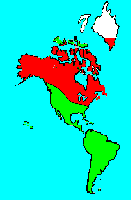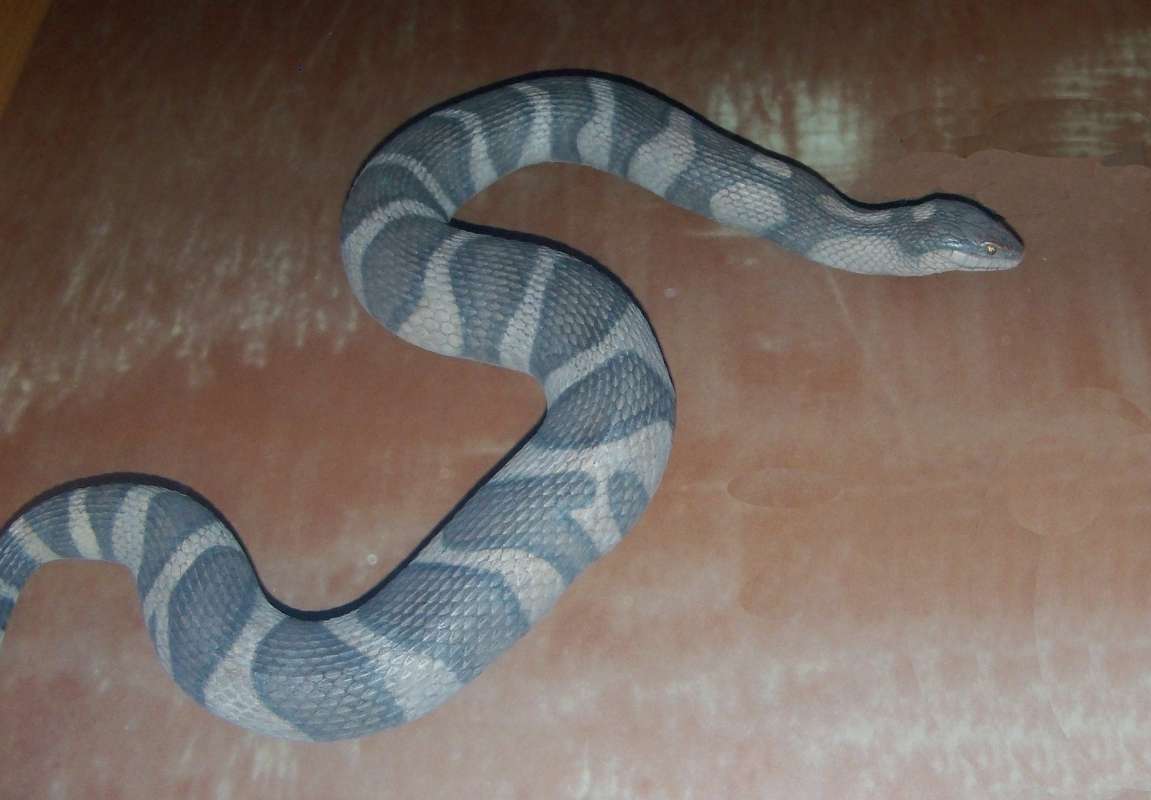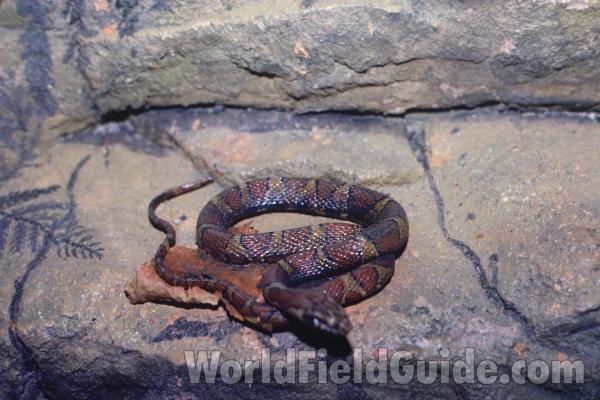SPECIES INFO
Northern water snake (Nerodia sipedon) is found from Maine and Quebec west to Colorado and south to North Carolina, Tennessee and Virginia. Nerodia sipedon is a reddish snake with yellow bands bordered with black. Large examples can be up to 55 inches long.
The nominate subspecies is found from southern Maine to eastern Minnesota and south to Virginia, Kansas, and Nebraska. This is a highly variable life form. This subspecies is normally form about 24 to 42 inches in length.Nerodia genus ( water snakes) contains seven species of large snakes native to the New World. This genus is closely allied to the Natrix genus of Old World water snakes.
Family Colubridae contains the vast majority (70% of all snakes) of the world's species of snakes. The number is estimated to be over 1,850 and possibly up to 2,500.
Lizards and Snakes (Squamata Order) share many common characteristics and consequently they are grouped in a single order. There are greater differences between some groups of lizards than there are between other groups of lizards and snakes. The same is true of snakes. Lizards and snakes share a common skull shape.
There are perhaps 4,000 species of lizards and perhaps 2,700 species of snakes alive today. In the Great Big Book of Snakes and Reptiles published in 2014, they noted the above estimates.
Reptiles (Class Reptilia) are an ancient group of scaled chordates. These scales may be permanently joined, as in the turtles, or flexible, as in the snakes. Reptiles are land-based. Their eggs are laid on land and the young are air breathing.
In the Great Big Book of Snakes and Reptiles published in 2014, they noted that there are more than 7,000 species of reptiles alive today.
Backboned Animals (Phylum Chordata) are the most advanced group of animals on earth. These animals are characterized by having a spinal cord or backbone. Most members have a clearly defined brain that controls the organism through a spinal cord. Fish, amphibians, reptiles, birds, and mammals are in this phylum.
Currently, some taxonomists believe that the fish should be divided into two groups (sharks and regular fishes) and that there are some other primitive groups in the phylum such as hagfish or lampreys.
Animal Kingdom contains numerous organisms that feed on other animals or plants. Included in the animal kingdom are the lower marine invertebrates such as sponges and corals, the jointed legged animals such as insects and spiders, and the backboned animals such as fish, amphibians, reptiles, birds, and mammals.




